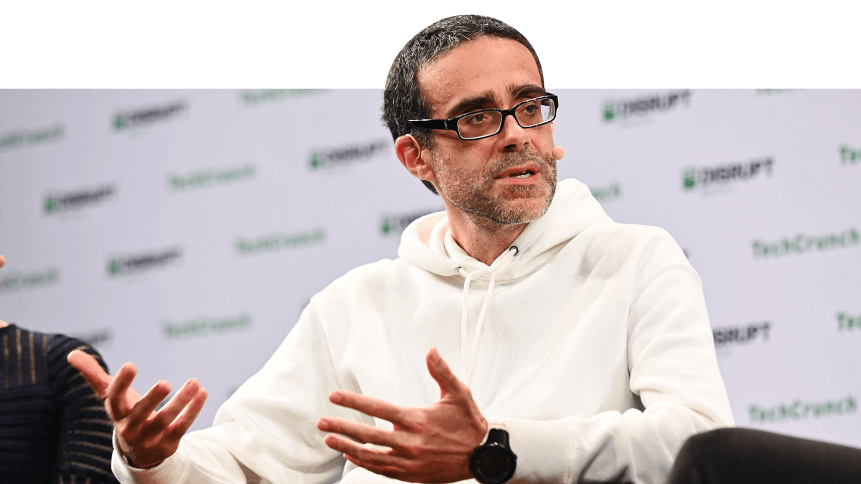From server room to boardroom – the demands of today’s CIO

The importance of IT in business today is such that those holding the reins to it are some of the most significant leaders in any organization.
A business’s security, customer experience, product development, competitive differentiation, business intelligence now falls, or at least overlaps, into the CIO or their equivalent’s remit. No pressure then.
The mountainous task of the CIO in 2020 can be a thankless one. CIOs are invariably expected to deliver both day-to-day results while planning closely for the company’s future.
At the same time, they may have to please both internal stakeholders (usually by means of saving costs and increasing productivity with impressive technological feats) as well as the end consumers (by providing smooth customer experience and raising minimal customer feedback resolution flags).
This delicate balancing act can be tremendously taxing on any individual, let alone the CIO who is constantly under the cosh to innovate, ahead of the nearest competitor. In fact, the demands can be so intense that the CIO’s working lifespan is one of the shortest in the C-suite, averaging just 4.3 years.
These huge requirements and expectations, though, are undermining – or more accurately, undervaluing – the transformative influence that the CIO actually wields in today’s enterprise.
No longer is the CIO basically a glorified IT manager, tasked with managing and maintaining the company’s IT infrastructure, data streams, and servers.
Instead, as IT has become a central component to business, CIOs have (some of them, perhaps, reluctantly) transitioned to understanding, and then merging business and technology goals to drive the development and growth of their organization in today’s digital economy.
In a role that has evolved as quickly as IT has within the last decade, the CIO must now flit between the development team and the c-suite, be agile and quick to react to the gamut of unique challenges, and negotiate investment in transformational technology.
Besides bridging the tech divide on behalf of the corporation internally, CIOs must also be attuned to the end users and the optimization of their experience.
CIOs are usually spearheading the digital migration of consumer interactions with the company across multiple platforms like the web, apps, social media – making these interactions faster, more engaging, as well as more visible to members of the sales and marketing funnels, so the company is aware of consumer expectations.
YOU MIGHT LIKE

How to close the gap between the CIO and CMO
A key tool in the CIO’s sizeable arsenal is the leveraging of third-party productivity tools and services, such as migrating physical workloads and processing procedures online into cloud computing environments.
As well as negotiating for investment in the right tools and technologies to keep business operations ticking smoothly into a digital future, CIOs must also be ready to fight for talent budgets, so the right specialists can be onboarded, the CIO can offload certain tasks, and return from those tech investments can truly be realized.
That could include cloud specialists to lead cloud migrations, data scientists to oversee initiatives with AI and analytics, and even a designated security officer to ensure the business is well defended daily.
In such an expansive role which is so quick to evolve, leadership skills are now as valuable as technical knowledge, and perhaps strategic delegation can help them squeeze another few months out of that average tenure.









